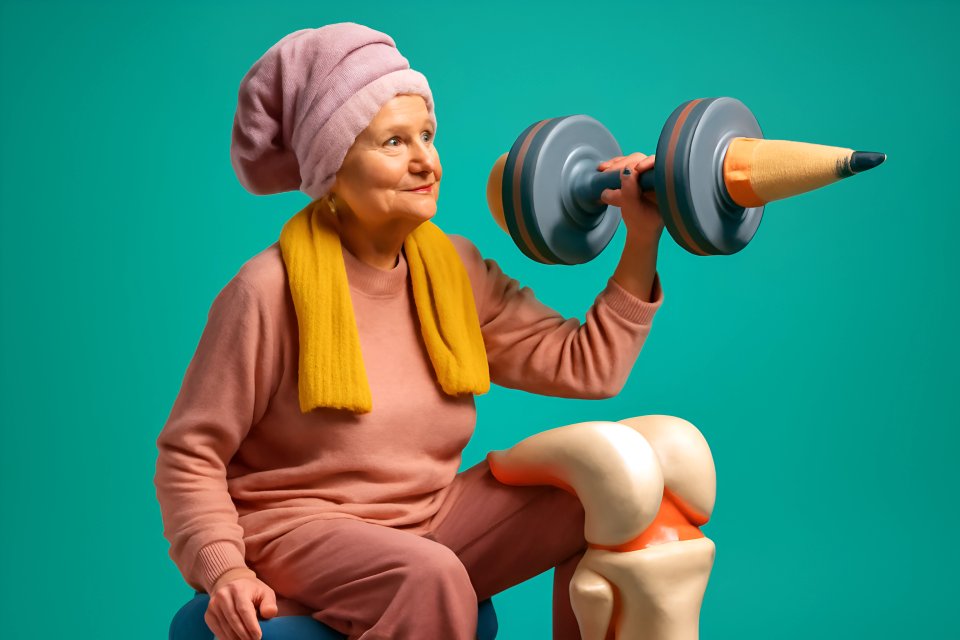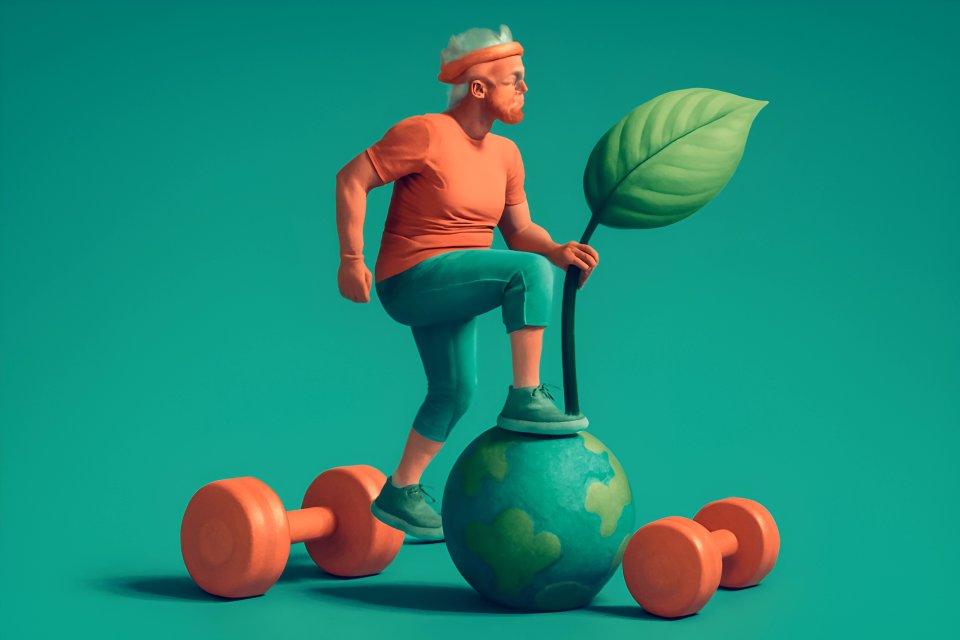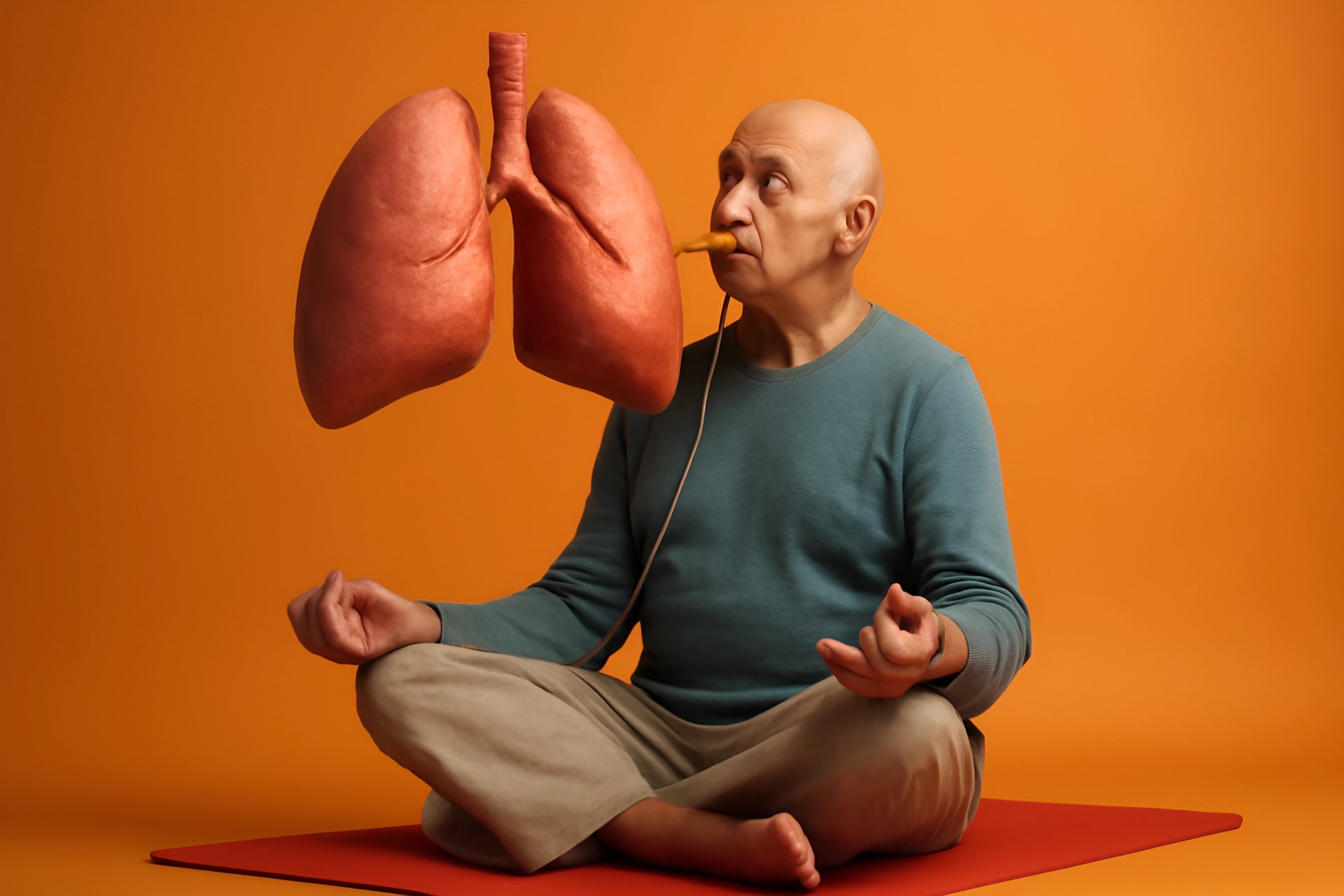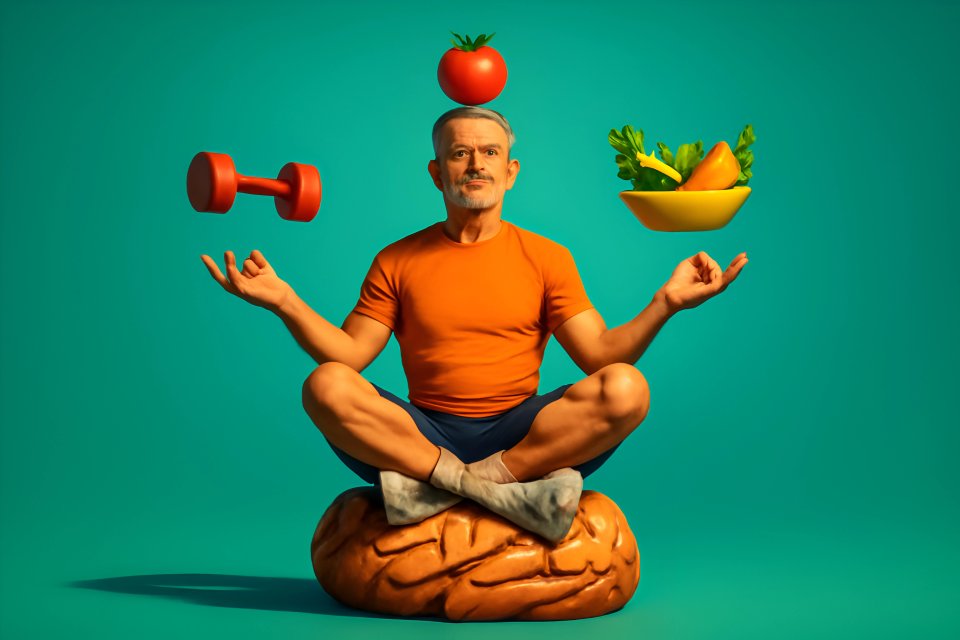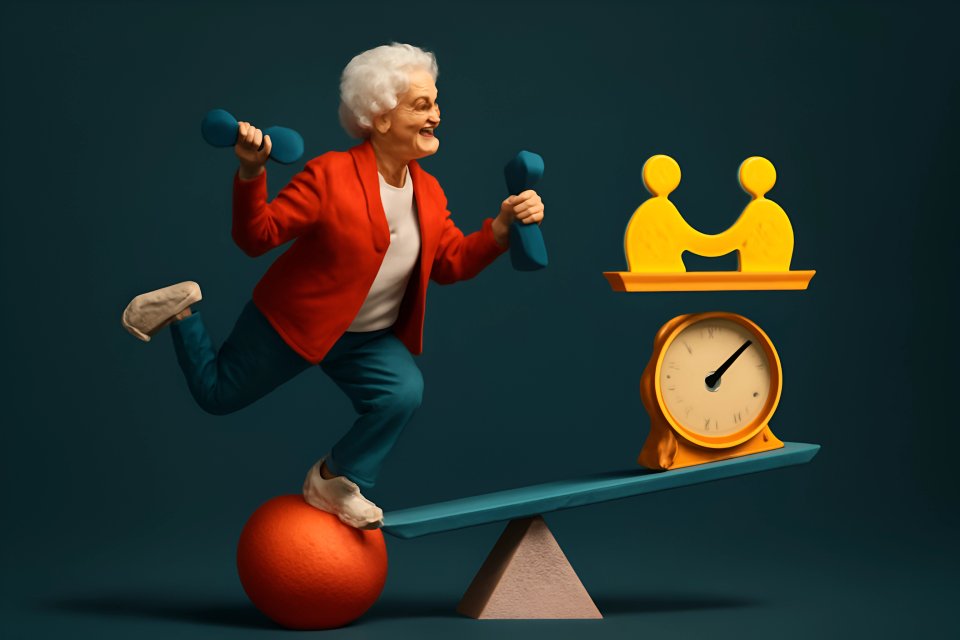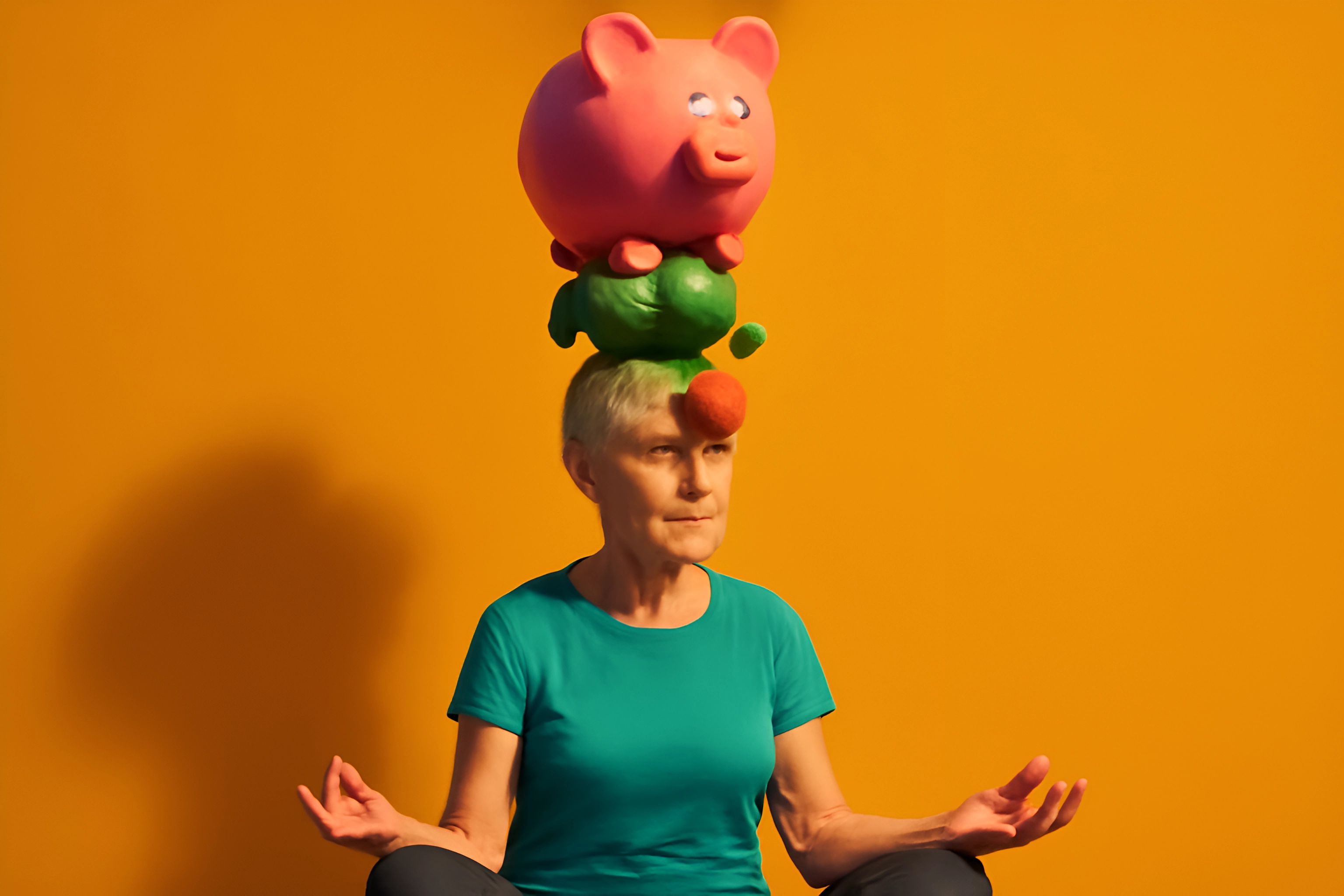
Your Health is Your Wealth (And It Doesn't Have to Cost a Fortune)
Does the phrase "healthy living" immediately bring to mind expensive gym memberships, organic-only grocery lists, and pricey wellness retreats? It’s a common belief that prioritizing your health comes with a hefty price tag, a belief that can feel daunting, especially when you're navigating life on a fixed income. The pressure to spend can make wellness feel like a luxury you simply can't afford.
But what if the most powerful tools for a vibrant, energetic life after 50 were already within your reach, costing little to nothing at all? We understand that your budget is a real and valid concern. That's why we're here to reframe the conversation. Mindful aging on a budget isn't about restriction or sacrifice; it's about making smart, intentional choices that yield huge returns in vitality, clarity, and joy. As AARP notes, simple lifestyle habits like staying active and socially engaged are the true keys to longevity, proving that your daily choices matter more than your bank account balance.
This post will be your guide to simple, powerful, and affordable wellness habits for seniors. We'll show you how to nurture your body with movement, calm your mind with peace, and fuel your spirit with smart nutrition—all without straining your finances. Forget the expensive fads and complicated programs; it's time to discover that a rich life isn't measured by what you spend, but by how you live.
Budget-Friendly Fitness for Over 50: Move Your Body, Not Your Money
The secret to staying strong, mobile, and energetic as you age isn't locked behind a gym's paywall. It’s available to you right now, for free. The key is to see the world around you as your personal fitness playground, a place where every step and every stretch is an investment in your long-term health and independence.
The World is Your Gym: No Membership Required
First, let's talk about the single most effective and accessible exercise on the planet: walking. A brisk walk through your neighborhood or a local park is a powerful tool for improving cardiovascular health, strengthening bones, and boosting your mood. Healthline confirms that a goal of 150 minutes of moderate aerobic activity per week is a fantastic target, and you can easily achieve this by breaking it into manageable 20-30 minute walks each day. For more ideas on how to get your heart rate up safely, explore these low-impact cardio ideas for heart health.
Strength is not about lifting heavy weights; it's about maintaining the power to live your life fully—to carry groceries, play with grandchildren, and get up from a chair with ease. You can build and maintain crucial muscle mass using only your body weight. Simple, effective exercises like chair squats, wall push-ups, and glute bridges require zero equipment and can be done in the comfort of your living room. To learn more about these foundational movements, our guide on adaptive resistance training for seniors provides safe, step-by-step instructions.
Finally, don't underestimate the power of "YouTube University." The internet is a treasure trove of free, high-quality fitness content created specifically for older adults. A simple search for terms like gentle yoga for seniors or low-impact cardio for over 50s will unlock thousands of guided workouts led by certified professionals. You can find routines for every fitness level and ability, ensuring you can always find a workout that feels good for your body.
Tapping into Community Resources
Your local community is often one of the best-kept secrets for affordable fitness. Many senior and community centers offer free or heavily subsidized fitness classes designed for older adults. These programs are a fantastic way to try new activities like tai chi, water aerobics, or gentle stretching in a supportive and social environment. According to healthcare experts, these community-based activities not only improve physical health but also provide vital social connection, which is crucial for overall senior wellness.
Don't forget to check with your local parks and recreation department. They often provide senior discounts on classes or access to public facilities like swimming pools, tennis courts, or walking tracks. Joining a group class or a walking club can provide the motivation and accountability you need to stay consistent while building new friendships. For a deeper look at how these programs benefit you, read our post on balancing social wellbeing and physical health with fitness.
Nurturing Your Mind: Cost-Effective Wellness Tips for Mental Clarity
A healthy life after 50 is about more than just physical fitness; it's about cultivating mental and emotional resilience. The good news is that the most profound practices for reducing stress, staying sharp, and fostering a positive outlook are completely free. They don't require a subscription, a retreat, or anything more than your willingness to take a quiet moment for yourself.
The Power of a Quiet Moment
Your breath is your built-in stress-relief tool, and learning to use it consciously can have a dramatic impact on your anxiety levels. The Mayo Clinic highlights that meditation is a simple, fast way to reduce stress, and you can start with a simple 5-minute breathing exercise. Find a comfortable seat, close your eyes, and follow these steps:
- Inhale slowly through your nose for a count of four.
- Hold your breath gently for a count of four.
- Exhale slowly through your mouth for a count of six.
- Repeat for 5-10 cycles, focusing only on the sensation of your breath.
For more detailed guidance, explore our post on deep breathing and meditation techniques for seniors.
Another powerful, no-cost habit is journaling for gratitude. All you need is a pen and a notebook. Each day, take a few minutes to write down three things you are grateful for, no matter how small. This simple practice has been shown to rewire the brain for positivity, shifting your focus from what's lacking to what's abundant in your life.
Finally, you don't need a paid app to meditate. The core of meditation is simply finding a quiet space and focusing on the present moment. Sit comfortably, pay attention to your breath, and when your mind wanders (which it will), gently guide it back without judgment. This practice of mindful awareness is a cornerstone of mental clarity and emotional balance.
Staying Socially & Mentally Engaged
Your local library is so much more than a place for books; it's a free wellness hub. Libraries offer complimentary access to computers, free workshops on a variety of topics, book clubs, and community events that provide fantastic opportunities for learning and social connection. The National Institute on Aging emphasizes that staying socially active is vital for cognitive health, helping to combat loneliness and keep your mind sharp.
Volunteering is another powerful, no-cost way to find purpose, stay active, and connect with your community. Whether you're reading to children, helping at an animal shelter, or supporting a local cause, giving your time to others provides an incredible sense of fulfillment and belonging. It keeps you physically, mentally, and socially engaged—a trifecta for healthy aging.
In today's world, digital tools can be a lifeline for connection. Using free services like FaceTime, Skype, or Zoom to connect with family and friends is a wonderful way to combat feelings of isolation. Seeing the faces of your loved ones, even through a screen, can make a world of difference in your emotional well-being.
Smart Nutrition: Fueling Your Body on a Senior Lifestyle Budget
Eating a healthy, nutrient-dense diet is the foundation of good health, but it doesn't have to mean a sky-high grocery bill. With a few savvy strategies, you can fuel your body with delicious, wholesome foods while adhering to a senior lifestyle on a budget. It’s all about planning, knowing what to buy, and understanding that nutritious doesn't have to mean expensive.
The Savvy Shopper's Playbook
The number one rule for eating well on a budget is to plan ahead. Taking just 30 minutes each week to plan your meals and make a detailed grocery list prevents impulse buys and drastically reduces food waste. The National Council on Aging highlights that simple habits like meal planning are essential for seniors to maintain a healthy diet affordably. For a detailed guide, check out our post on age-defying nutrition and meal planning tips.
Next, it's time to embrace the freezer and canned goods aisles. Frozen fruits and vegetables are picked at peak ripeness and flash-frozen, locking in their nutrients. They are often just as nutritious—and significantly cheaper—than their fresh counterparts. Similarly, canned goods like beans, lentils, and fish are excellent, affordable sources of protein and fiber; just be sure to look for options labeled low sodium or packed in water.
Finally, shop with the seasons. Produce that is in season is more abundant, which means it's almost always less expensive and more flavorful. Visiting a local farmer's market near the end of the day can also be a great way to find deals as vendors look to sell their remaining produce.
Nutrient-Dense, Wallet-Friendly Superfoods
Building a healthy pantry doesn't require exotic, expensive ingredients. Many of the most powerful superfoods are also the most affordable. As noted by wellness experts, focusing on nutrient-dense but low-cost foods is the secret to a budget-friendly diet. Here are some staples to build your meals around:
| Category | Wallet-Friendly Superfoods | Benefits |
|---|---|---|
| Proteins | Eggs, Lentils, Beans, Canned Tuna/Salmon | Muscle maintenance, satiety, and overall strength. |
| Carbohydrates | Oats, Brown Rice, Sweet Potatoes, Barley | Sustained energy, fiber for digestive health. |
| Healthy Fats | Nuts & Seeds (bought in bulk), Avocados | Brain health, inflammation reduction, heart protection. |
| Vitamins/Minerals | Cabbage, Carrots, Bananas, Onions, Seasonal Greens | Immune support, bone health, and cellular function. |
And don't forget the most important nutrient of all: water. Staying hydrated is crucial for energy levels, digestion, and brain function. Choosing water over sugary sodas or juices is the single cheapest and healthiest decision you can make for your body every day.
Your Blueprint for Affordable, Mindful Aging
Let's put it all together. We've shown you that vibrant health after 50 is not a luxury reserved for the wealthy. It's a reality you can build for yourself, one simple, smart, and affordable choice at a time. Movement doesn't require a gym, mental peace doesn't require a subscription, and nourishing your body doesn't require a gourmet budget.
Investing in your well-being is the most important commitment you can make, and it starts today. These affordable wellness habits for seniors prove that a future filled with energy, clarity, and joy is accessible to everyone, regardless of budget. You have the power to take control of your health, and the best tools are already at your disposal.
Now, we want to hear from you. What are your go-to tips for staying healthy on a budget? Share your favorite cost-effective wellness habit in the comments below—let's inspire each other.








